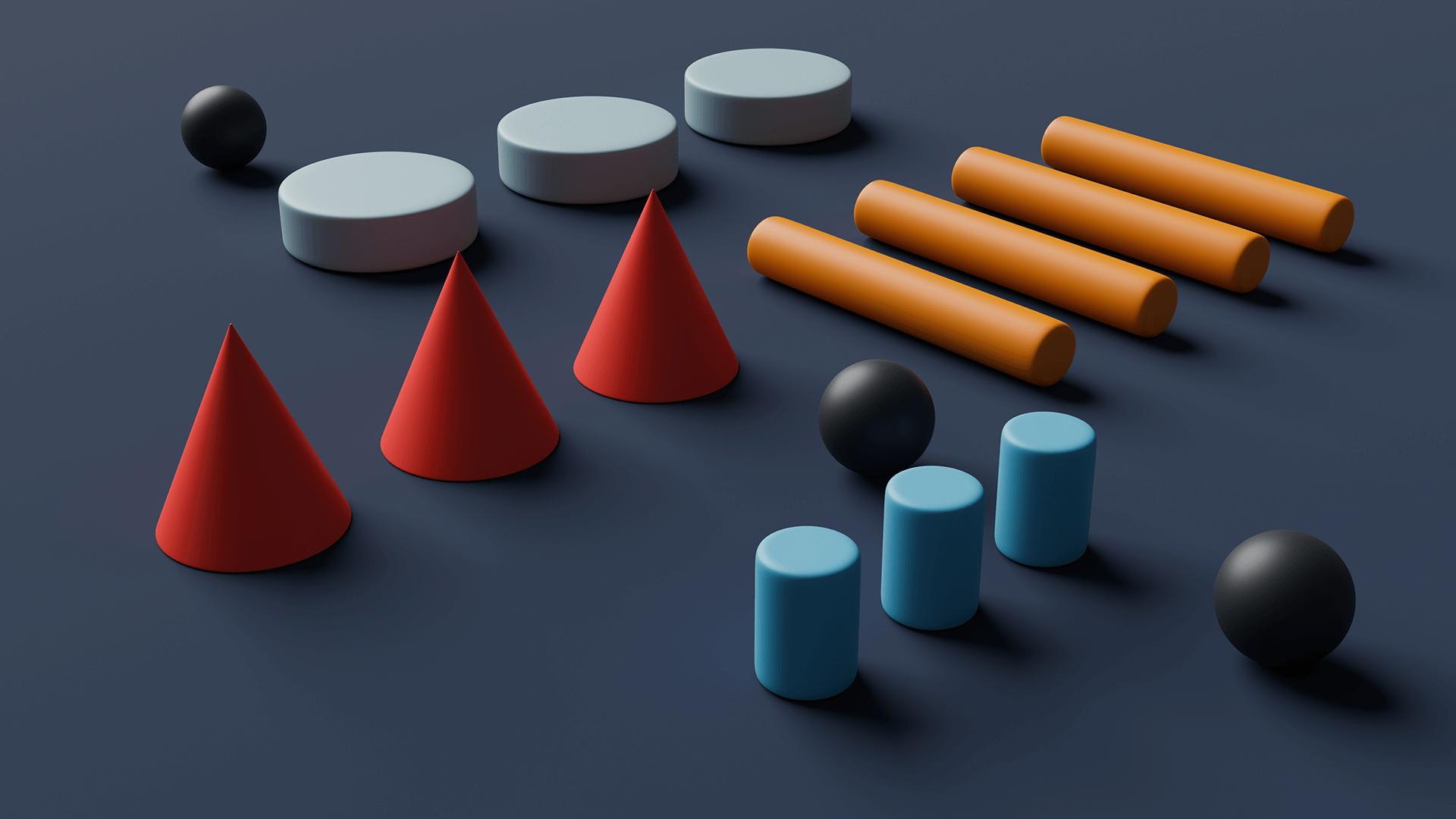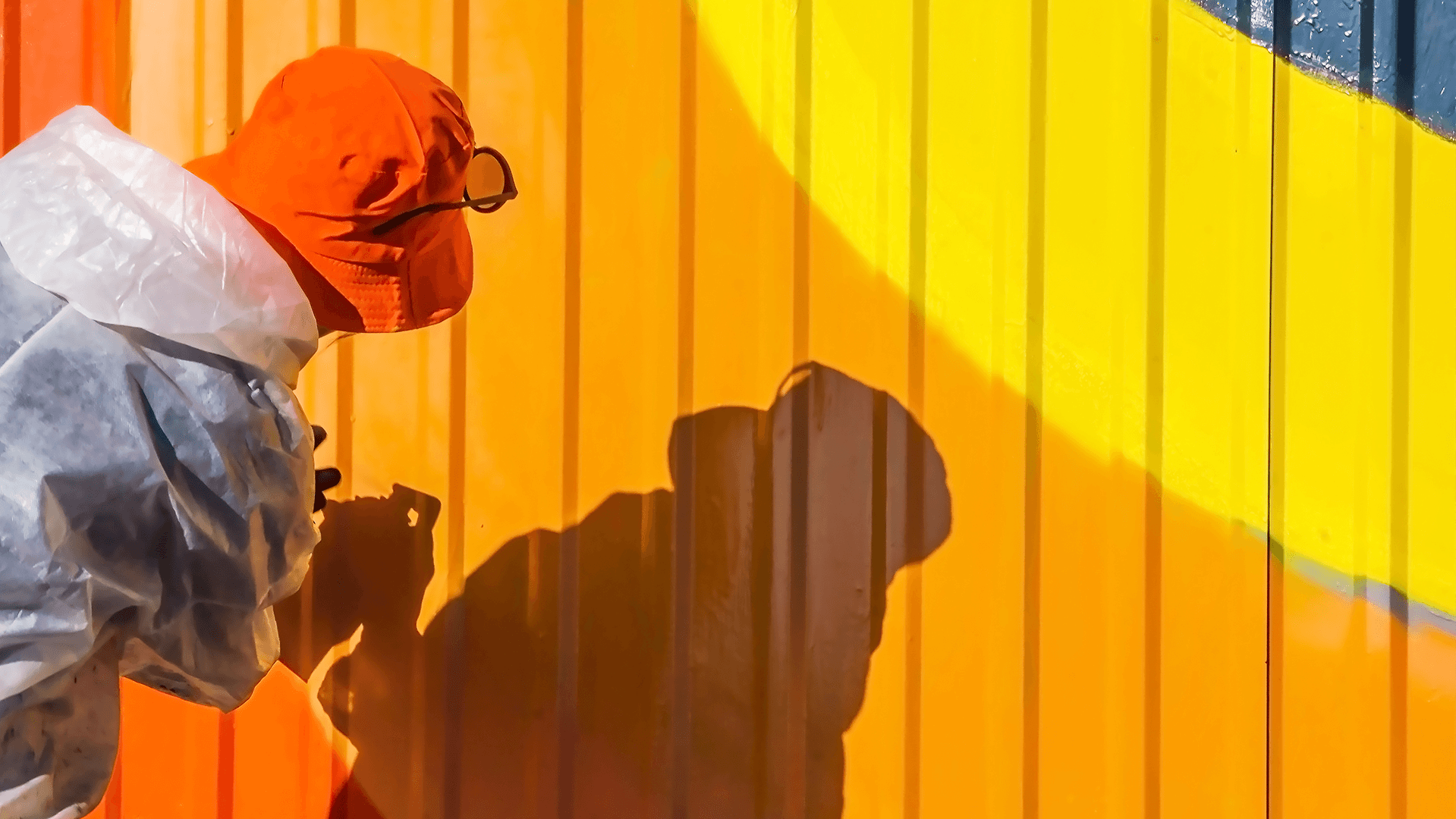We found 33 results that contain "#social-media"
Posted on: #iteachmsu


Posted by
almost 5 years ago
community ,
noun, plural com·mu·ni·ties.
a social group of any size whose members reside in a specific locality, share government, and often have a common cultural and historical heritage.
a locality inhabited by such a group.
noun, plural com·mu·ni·ties.
a social group of any size whose members reside in a specific locality, share government, and often have a common cultural and historical heritage.
a locality inhabited by such a group.
Assessing Learning
Posted on: #iteachmsu


Posted by
over 1 year ago
In order for a student to be diagnosed with ADHD, symptoms must appear before age 12 and be exhibited across at least two settings. They must also have adverse effects on academic performance, occupational success, or social-emotional development (APA, 2013).
Posted on: #iteachmsu



Posted by
almost 5 years ago

Provided by a vendor named Elsevier, Science Direct is, as its name suggests, our best database for researching scientific topics. However, it's also great for social science (education, psychology) and business topics.
All journal articles in Science Direct are scholarly. The books in Science Direct are also scholarly. However, reference works and images cannot be considered scholarly.
All journal articles in Science Direct are scholarly. The books in Science Direct are also scholarly. However, reference works and images cannot be considered scholarly.
Disciplinary Content
Posted on: #iteachmsu



Posted by
over 4 years ago

When asking students to explore issues of personal and social identity, teachers must provide safe spaces in which students are seen, valued, cared for, and respected. It is also important that students have opportunities to learn from one another’s varied experiences and perspectives. To create this learning environment, teachers need to skillfully draw on student experiences to enrich the curriculum.
Disciplinary Content
Posted on: #iteachmsu


Posted by
over 4 years ago
Critical Component #1: Honoring Student Experience
When asking students to explore issues of personal and social identity, teachers must provide safe spaces in which students are seen, valued, cared for, and respected. It is also important that students have opportunities to learn from one another’s varied experiences and perspectives. To create this learning environment, teachers need to skillfully draw on student experiences to enrich the curriculum.
When asking students to explore issues of personal and social identity, teachers must provide safe spaces in which students are seen, valued, cared for, and respected. It is also important that students have opportunities to learn from one another’s varied experiences and perspectives. To create this learning environment, teachers need to skillfully draw on student experiences to enrich the curriculum.
Posted on: #iteachmsu



Posted by
over 4 years ago

Classmates are not the only potential source of social anxiety, however; the judgment of the teacher can discourage students from participating in discussion as well. Though evaluating student responses and providing feedback is a regular function performed by the teacher, these two actions can quickly shut down the development of new ideas. Fruitful discussion occurs when students are encouraged to explore their thinking rather than striving to obtain the right answer. It is best for the teacher to avoid evaluative responses
Disciplinary Content
Posted on: #iteachmsu


Posted by
almost 5 years ago
Science, technology and innovation each represent a successively larger category of activities which are highly interdependent but distinct. Science contributes to technology in at least six ways: (1) new knowledge which serves as a direct source of ideas for new technological possibilities; (2) source of tools and techniques for more efficient engineering design and a knowledge base for evaluation of feasibility of designs; (3) research instrumentation, laboratory techniques and analytical methods used in research that eventually find their way into design or industrial practices, often through intermediate disciplines; (4) practice of research as a source for development and assimilation of new human skills and capabilities eventually useful for technology; (5) creation of a knowledge base that becomes increasingly important in the assessment of technology in terms of its wider social and environmental impacts; (6) knowledge base that enables more efficient strategies of applied research, development, and refinement of new technologies.
Disciplinary Content
Posted on: #iteachmsu



Posted by
almost 5 years ago

Science, technology and innovation each represent a successively larger category of activities which are highly interdependent but distinct. Science contributes to technology in at least six ways: (1) new knowledge which serves as a direct source of ideas for new technological possibilities; (2) source of tools and techniques for more efficient engineering design and a knowledge base for evaluation of feasibility of designs; (3) research instrumentation, laboratory techniques and analytical methods used in research that eventually find their way into design or industrial practices, often through intermediate disciplines; (4) practice of research as a source for development and assimilation of new human skills and capabilities eventually useful for technology; (5) creation of a knowledge base that becomes increasingly important in the assessment of technology in terms of its wider social and environmental impacts; (6) knowledge base that enables more efficient strategies of applied research, development, and refinement of new technologies.
